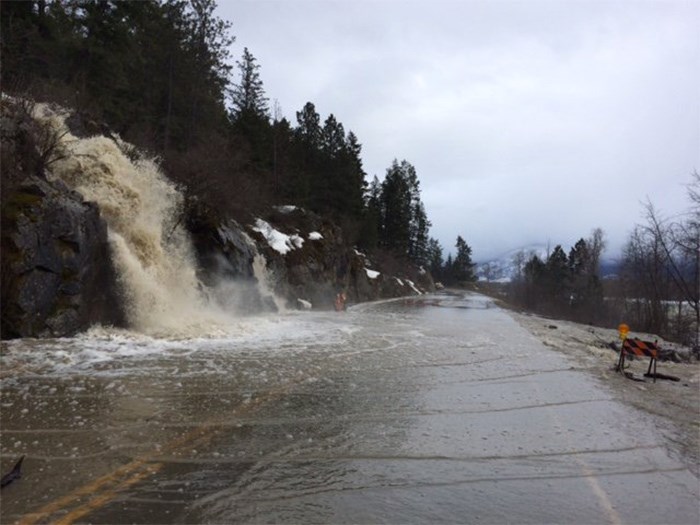I often rave about how the Ministry of Transportation and Infrastructure shares refreshing, non-partisan stories online. Below is a piece they posted to their site and social channels today which we are blatantly stealing, because we figured you would benefit from reading it. – BK

So, what is freshet? While it sounds like it could be a brand of scented cleaner or facial tissue, freshet is the snow melt that typically occurs from April to July, in B.C.
Freshet can become a problem when winter snow packs melt rapidly, overwhelming stream channels and creating floods. Happily, freshet flooding can usually be forecast by monitoring snow packs and weather, and examining stream capacity data.
In the event of a flood threat or actual flood, the Ministries of Environment and Transportation and Infrastructure, Emergency Management BC and other provincial government agencies will work with local authorities to activate their flooding plans, manage the situation to minimize disruption, communicate with the public and provide critical services while ensuring public safety.
During these times, the ministry has an additional critical role in arranging for equipment, materials and contracted labour for flood prevention and management. We will also continue to maintain roads by responding to floods, and advise the public of any affected routes or detours.
Note: Spring freshet can also destabilize soil and rock, causing mudslides, landslides and rock slides. For the ministry, reducing risk of these incidents and clearing them up when they do happen, is all in a day’s work.
- For information on the current snow pack conditions and water supply, go to the .
- For information on active provincial advisories and flood-related information, go to and follow them on Twitter at .
- For information on preparing for floods, go to and follow them on Twitter at .
Do you have any questions about freshet, flood control work or anything else we do? Let them know in the comments .


